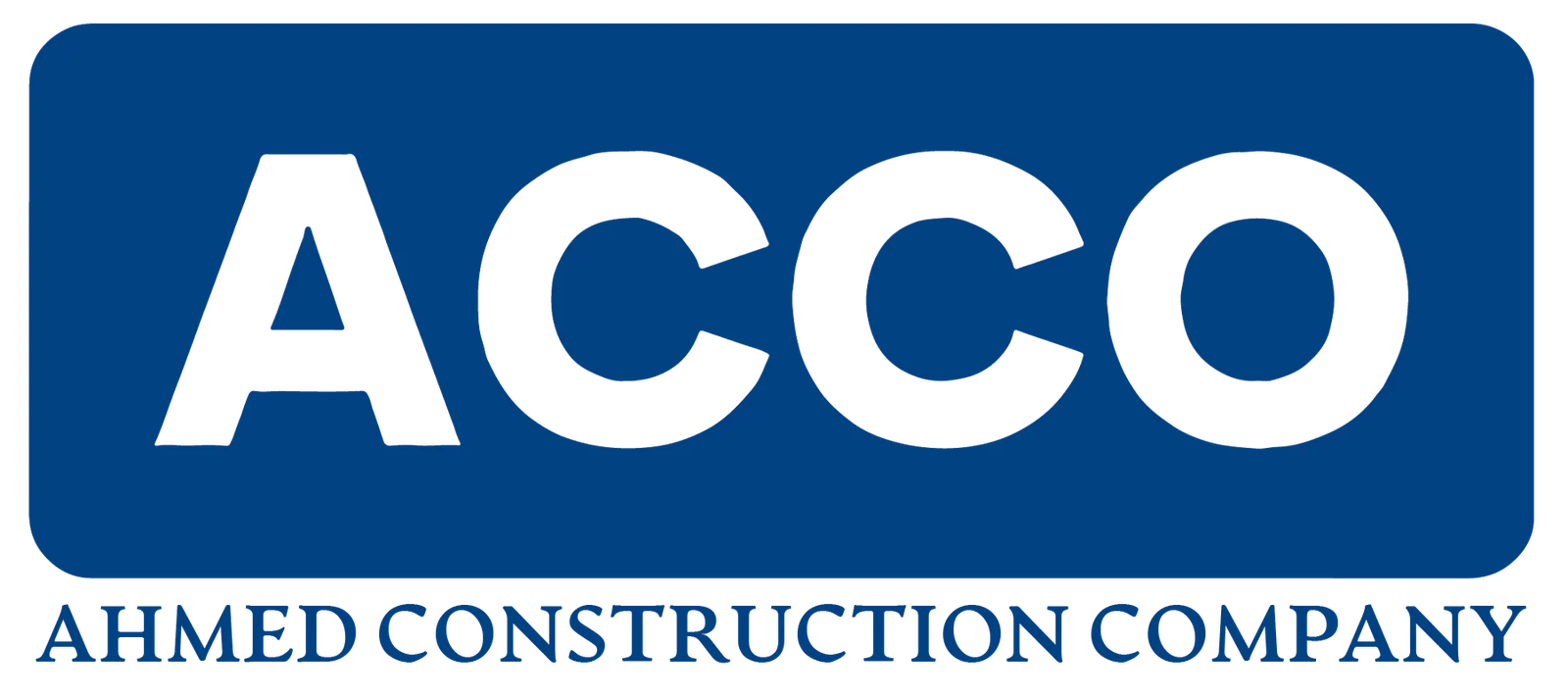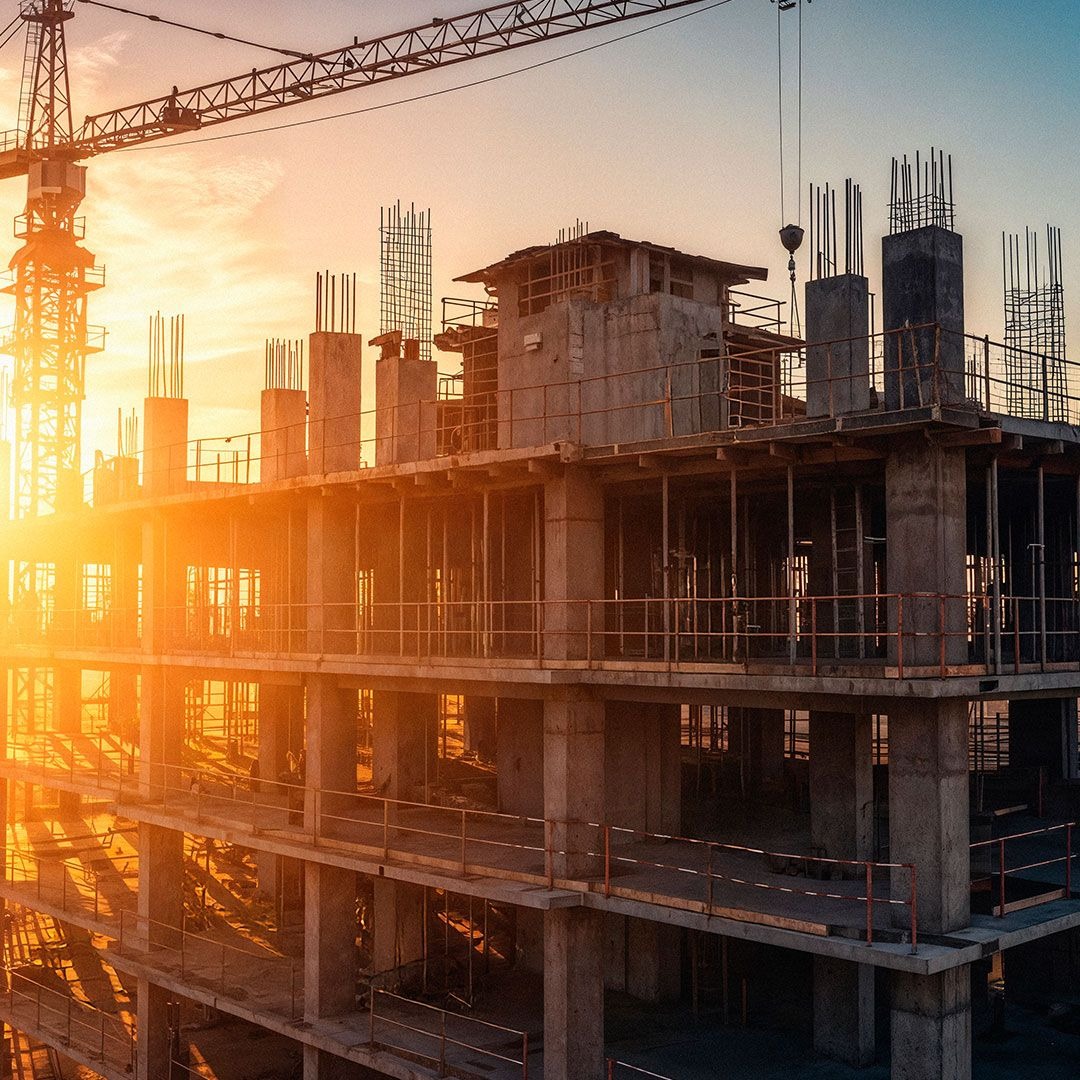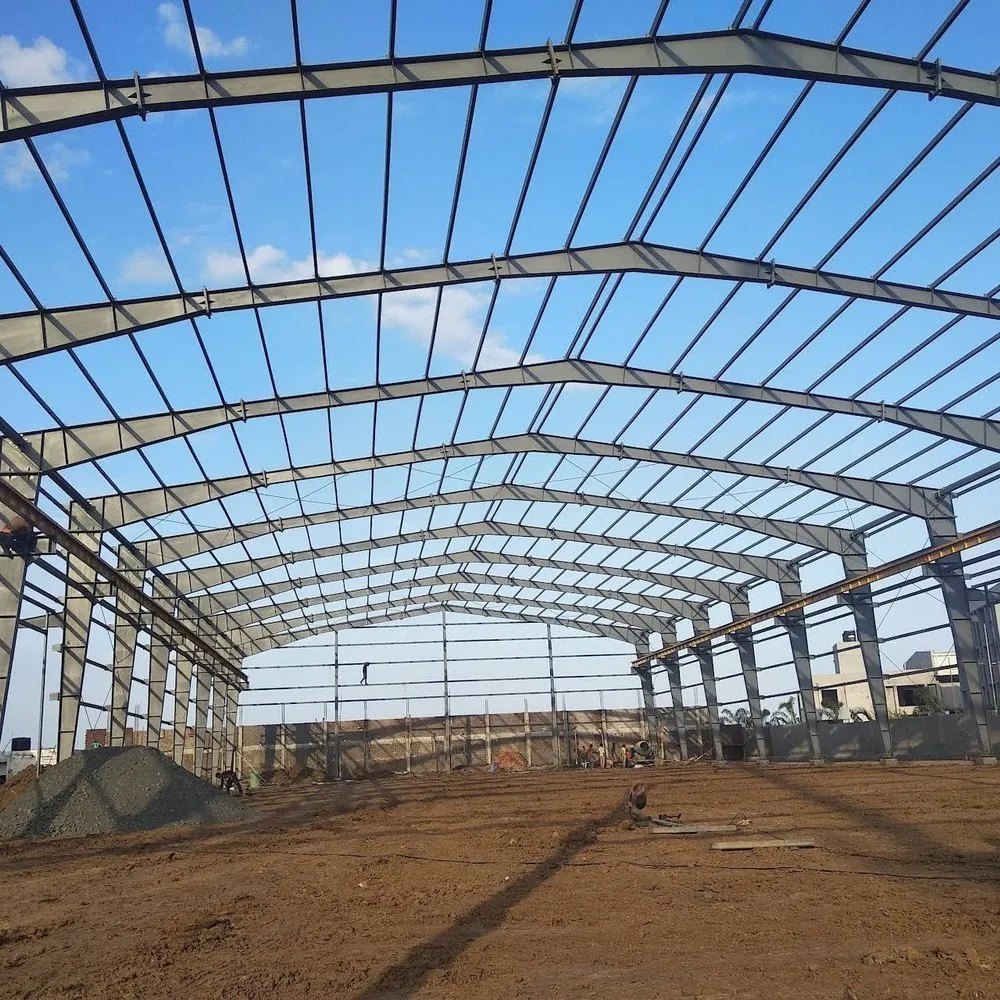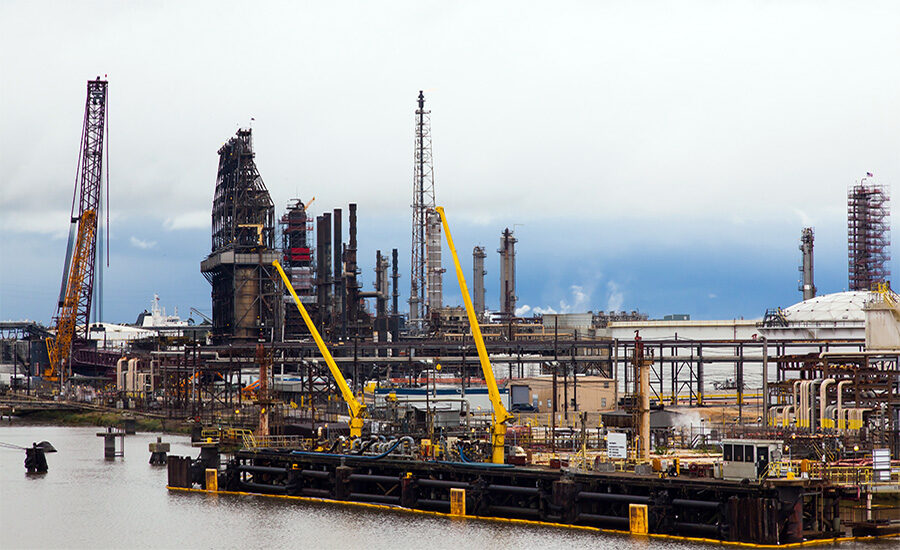
Chevron Makes Plans for $5B Blue Hydrogen and Ammonia Project in Texas

Chevron plans to develop a $5-billion blue ammonia and hydrogen facility in Port Arthur, Texas, designed to produce lower-carbon hydrogen and ammonia through steam-methane reforming paired with carbon capture. The Houston Business Journal first reported this story.
The plant is set to break ground in 2027 and begin commercial operation by 2032 as part of the state’s federally backed HyVelocity hydrogen hub. Called Project Labrador, the start date for the facility has become a critical element following the passage of the federal budget reconciliation package and its enactment on July 4.
The law amended the sunset clause of President Joe Biden’s Inflation Reduction Act—specifically Section 45V, which created a clean-hydrogen production tax credit of up to $3 per kilogram that could amount to nearly $3 billion over the program’s 10-year span.
The revisions now require these types of cleaner energy projects to begin construction before Jan. 1, 2028, according to the Congressional Record.
In filings to Jefferson County, Texas, Chevron requested a 10-year, 100% property-tax abatement, an incentive package that comparable southeast Texas energy projects suggest could exceed $50 million in foregone local taxes, according to regional analysts.
Known as HyVelocity, Chevron is a partner in the regional clean hydrogen hub, one of seven chosen by the U.S. Energy Department under the 2021 infrastructure law. The partnership includes AES Corp., Air Liquide, Chevron, ExxonMobil, Mitsubishi Power Americas, and Ørsted, working to produce and deliver lower-carbon hydrogen across the Gulf Coast.
HyVelocit’s website explained how Project Labrador will capture and sequester CO₂ emissions through the company’s Bayou Bend carbon storage initiative, although specific capture rates and storage locales remain undisclosed.
As a founding member, Chevron was set to be able to tap into up to $1.2 billion in federal cooperative-agreement funding for HyVelocity, of which an initial $22 million was disbursed in November 2024 for early engineering and carbon‑capture activities, according to the hub’s website.
When it created the hubs, DOE said activities would create up to 45,000 jobs in the Gulf Coast region while sequestering as much as seven million metric tons of carbon dioxide annually. Austin Knight, vice president of Chevron New Energies for Hydrogen, said in a statement then that “partnering and helping to connect value chains are key components to make hydrogen happen at scale.”
President Donald Trump has not voiced strong support for hydrogen hub funding, but DOE had earlier described Project Labrador as a benchmark for large-scale blue hydrogen deployment. Chevron did not respond to an ENR query on the amount of federal money allocated to Project Labrador funding.
RELATED
Clean Energy Faces Icy Chill in Washington’s Policy Reboot
The Attraction of Texas
An August 2023 McKinsey & Co.report “Unlocking Clean Hydrogen in the U.S. Gulf Coast,” estimated that about 11 million metric tons of blue hydrogen would be consumed by industrial users—refineries, petrochemical plants, ammonia producers and cement and steel manufacturers—while about 2.3 million metric tons would fuel ground transportation applications.
An additional 1.5 million metric tons is forecast for marine and aviation fuels, and about 1.6 million metric tons for power‑generation uses, including grid blending and long‑duration energy storage.
Post a Comment
You must be logged in to post a comment.
